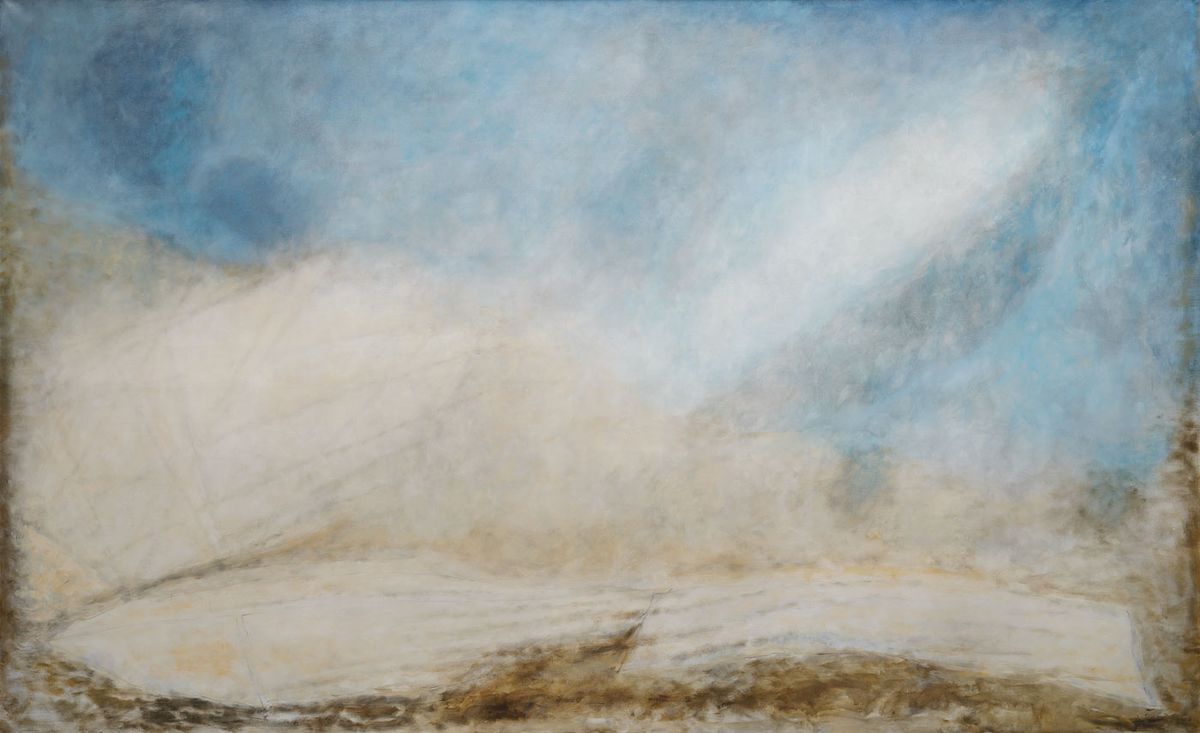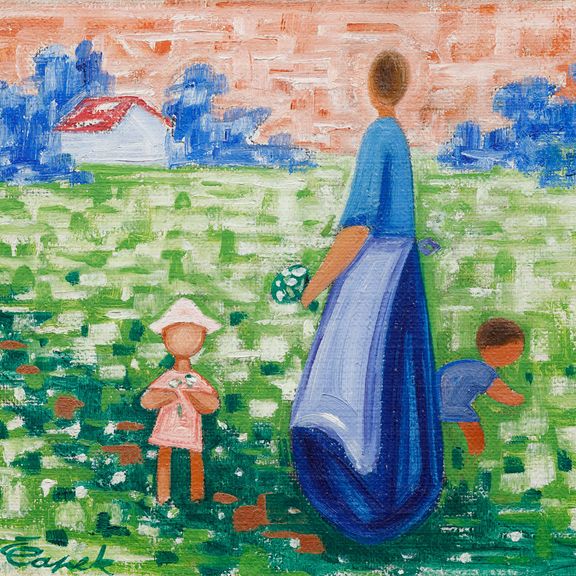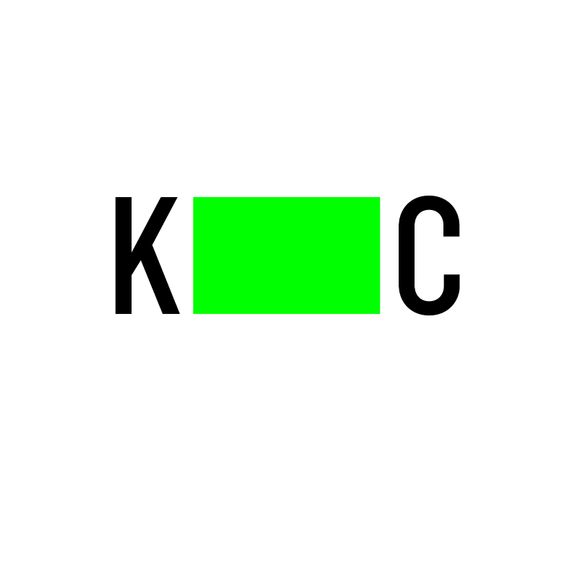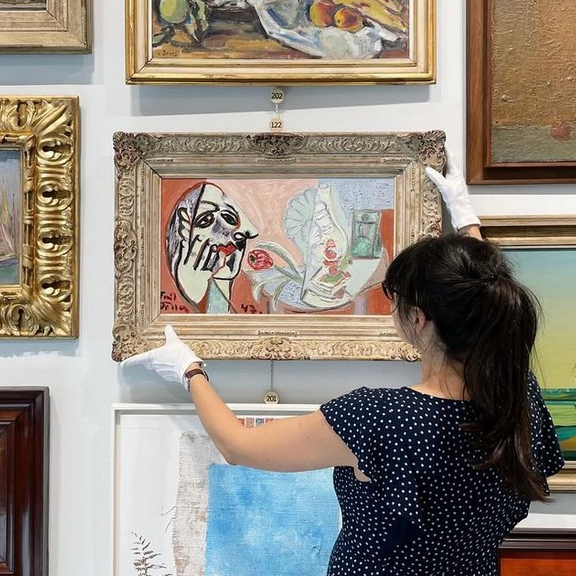
oil on canvas
1960
lower right
175 × 285 cm
framed
The impressive work Earth (Terre) from 1960 is the largest painting Šíma ever executed and belongs to the peak of his second creative period, which began after a few-year hiatus in the early 1950s. The monumentality of this canvas is not only a question of physical dimensions but, above all, of inner strength and depth of expression. We can see here all the characteristic features of Šíma’s post-war work: subtle colours, abstract form, and a deep metaphysical dimension. The dominant part of the canvas is occupied by a large beige area, evoking a sandy or stony landscape, which smoothly transitions into the blue sky. This colour harmony creates the impression of an ethereal, dreamlike space in which matter and void intermingle to achieve unity. Šíma’s work with light and colour here achieved extraordinary sophistication, using subtle transitions and shades, which create the impression of the inner radiation of the canvas. This technique reflects the artist's lifelong interest in the phenomenon of light as a fundamental element of painting and the universe. The composition of the painting is seemingly simple, but upon closer examination, it reveals its complexity. The horizontal division of the canvas evokes a landscape scene, while the delicate brushstrokes and colour nuances create the impression of constant movement and changeability. This tension between static and dynamic reflects the painter's philosophical contemplations on the nature of reality and perception. The abstract concept of the landscape follows from Šíma’s pre-war work, especially his collaboration with the surrealist group Le Grand Jeu in Paris. At the same time, however, it reflects his shift to a more lyrical and contemplative form of abstraction. Earth is undoubtedly a high-quality artwork that significantly contributed to the discourse of post-war abstract art.
The work was originally owned by the Parisian art collector and gallerist, Paul Facchetti, whose gallery exhibited it in 1960 (without cat. No.). It was reproduced in black and white in the artist’s monograph by F. Šmejkal: Josef Šíma, Prague 1968, p. 308, fig. 336, and in the article Josef Šíma: Remembrance of the High Game (translated by V. Linhartová), in Výtvarné umění X, vol. 16, 1966, p. 483. The painting was presented at exhibitions: Sima, Musée de l‘art moderne de Paris, 2. 4. – 21. 6. 1992, cat. No. 98, reproduced in colour on pp. 146–147; Hommage à Joseph Sima, Chateau de Ratilly, France, 23. 6. – 16. 9. 1973, cat. No. 17 (Terre); Sima, Musée national d‘art moderne, Paris, 7. 11. – 23. 12. 1968, reproduced in black and white on p. 86, fig. 94 (Terre); Josef Šíma, Paintings and Drawings, National Gallery Prague, Wallenstein Riding School, May–June 1968, cat. No. 129. Assessed during consultations by prof. J. Zemina and PhDr. R. Michalová, Ph.D. The expertise of PhDr. K. Srp is attached. From the hammer price, 3,000,000 CZK will be donated to support young artists and divided equally between the following institutions: Academy of Fine Arts in Prague, Faculty of Fine Arts of the Brno University of Technology, and Faculty of Fine Arts and Music of the University of Ostrava.







